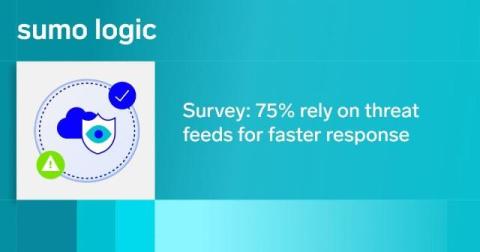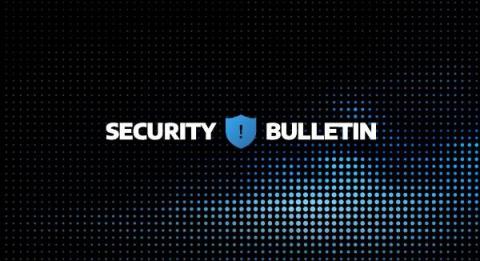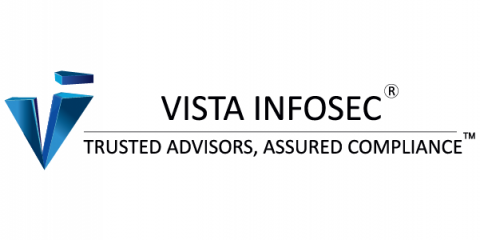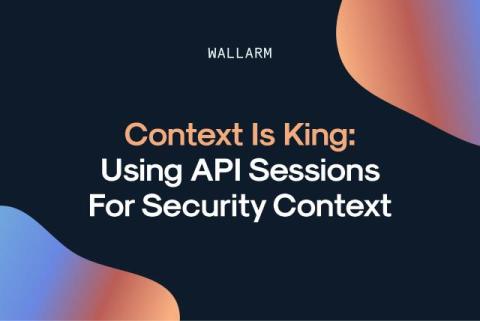Understanding CVE-2024-50340 - Remote Access to Symfony Profiler
According to security researcher nol_tech CVE-2024–50340 is a critical vulnerability (CVSS: 7.3) affecting Symfony applications when the PHP directive register_argc_argv is enabled. By appending ?+--env=dev to a URL, attackers can force the application into the dev environment, granting remote access to the Symfony profiler. This exposure can lead to the leaking of sensitive information and potentially executing arbitrary code.











